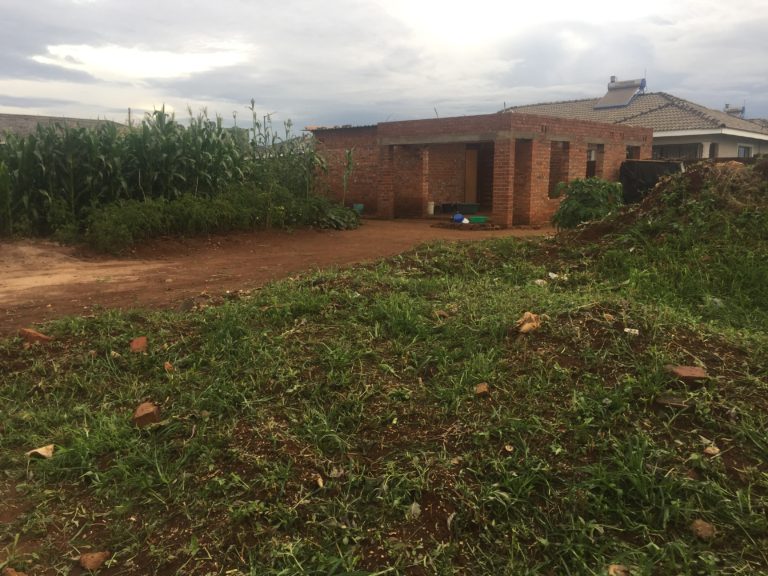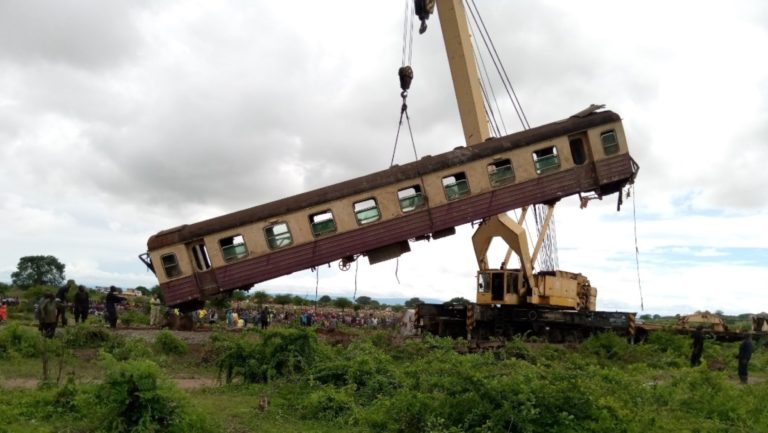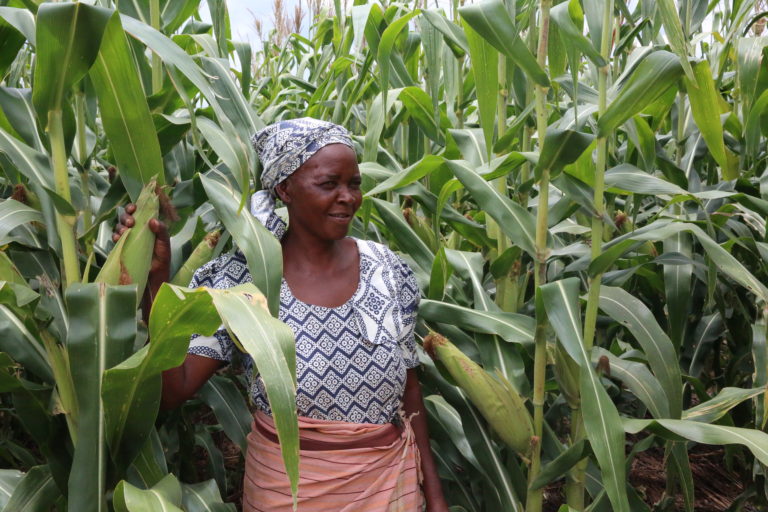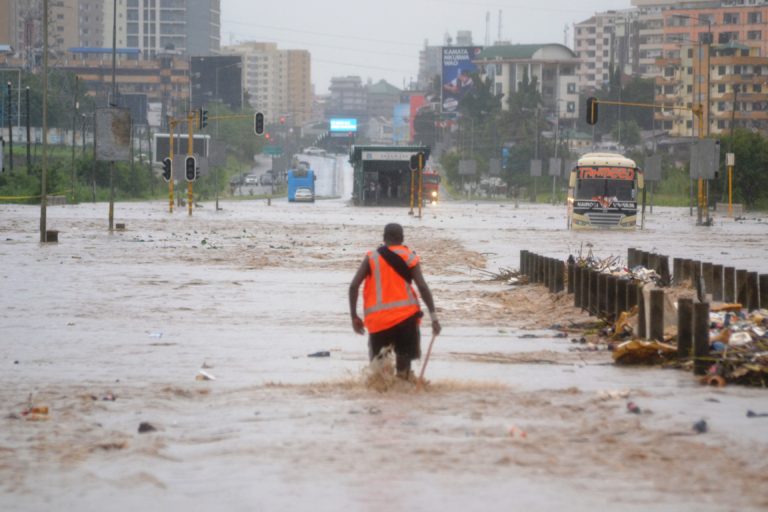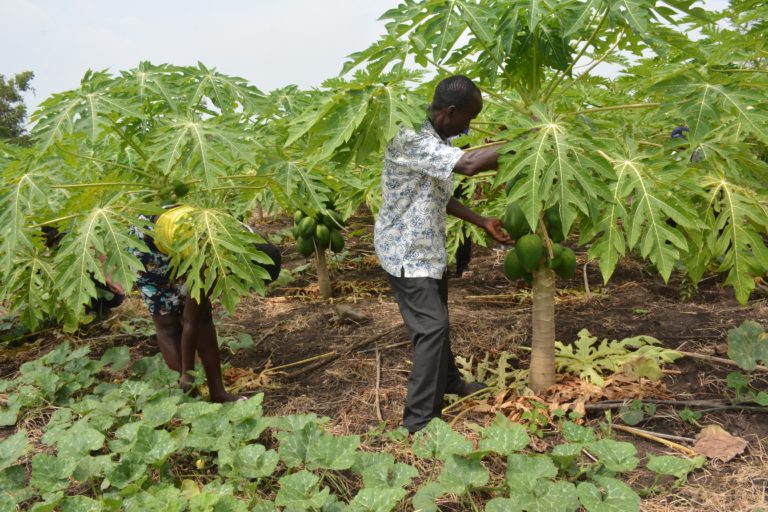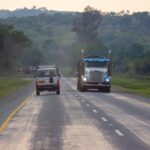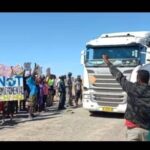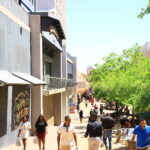Harare — His house stands out in the midst of water, with the entire driveway concealed under water, apparently with nowhere to step on, yet for 15 years, 50-year-old Jimson Ruvangu in Westlea suburb in the Zimbabwean capital Harare, has managed to evade censure from the city’s local authorities.
Ruvangu claims he acquired the piece of land on which he built his home through a local housing cooperative.
But climate change activists, even as many like Ruvangu are apparently getting away with murder, warn that illegal construction of homes and commercial buildings is fueling climate change impacts across Zimbabwe.
Yet, many like Ruvangu even as they dwell in the midst of wetlands, he (Ruvangu) is happy that he has somewhere to lay his head.

“I have a home; that is what matters. Whether it was built illegally or not, that is another matter, but look, I am nearing two decades living here and nothing has happened to me,” Ruvangu bragged.
For climate change activists here like Happison Chikova, it is illegal construction that particularly fuels climate change impacts across this Southern African country.
“The haphazard construction of houses in the major cities and towns in Zimbabwe has contributed immensely to climate change in Zimbabwe. The unplanned housing schemes has contributed to high emissions of green-house gases into the atmosphere due to rampant deforestation and destruction of wetlands,” Chikova told Ubuntu Times.
As construction occurs on undesignated places, according to Chikova, ‘the destruction of biodiversity and the ecosystems reduces carbon sequestration as huge amount of carbon dioxide is lost into the atmosphere as vegetation acts as carbon sinks.’
That in fact has not moved illegal urban land occupiers like Ruvangu who claim nothing will move them, but in the eyes of climate change experts like Chikova, many like Ruvangu have brought more harm than good.

“The haphazard construction of houses in urban areas is resulting in increasing the heat in the cities, thereby creating heat islands. This is because the houses are not built according to the city standard as well as following green cities foot prints,” said Chikova.
He (Chikova) also said as construction is often done illegally, ‘the destruction of wetlands has affected local climate as the wetlands are responsible for cooling the environment hence increase in temperature.’
Apart from being a holder of a degree in environmental studies from Zimbabwe’s Midlands State University, Chikova is a student at the University of Edinburgh in the UK studying global food security and nutrition.
For Harare Wetlands Trust, a conservation group here, disorderly constructions across Zimbabwe’s wetlands have also fueled climate change impacts.

“Construction covers wetlands with hard surface. The water can no longer seep into the soils to be stored. So, water runs off and floods on hard surfaces downstream. It is not available underground to keep streams flowing during droughts and dry seasons and we blame climate change when we changed a crucial landscape and contributed to climate change,” Selestino Chari told Ubuntu Times.
To him (Chari), ‘it is effectively an ecocide to build (homes) on something that supports us when we can build elsewhere. And where will all this built-up area get its water from after it runs off the hard surface down to the sea?’ Chari said.
Even the country’s top academics have weighed in, apparently irked by the growing climate change impacts emanating from rife construction on undesignated points here.
One such intellectual is Professor Johnson Masaka, the executive dean at the Midlands State University’s department of Land and Water Resources Management, who has spelt out the harm wrought by the chaotic constructions.
“Firstly, the unplanned constructions will necessarily require that trees, bushes and grasslands are cleared on construction sites. The vegetation that fixes carbon dioxide, a greenhouse gas or global warming gas, in photosynthesis is destroyed in the site,” Masaka told Ubuntu Times.
With haphazard construction all over Zimbabwe’s towns and cities, Masaka said climate has had to suffer the results amid wanton cutting down of trees as people in illegally built homes have no access to electricity.
“Provision of electricity in such haphazard settlements is almost impossible due to legal requirements; so, people resort to use of fuel wood. Upon burning, the wood releases a series of global warming gases such as carbon monoxide and methane into the atmosphere where they cause warming of climates,” said Masaka.
But many urban dwellers like 56-year-old Hector Ruvende based in Masvingo, Zimbabwe’s oldest town, see nothing amiss dwelling on a wetland upon which he built his home two decades ago.
“Electricity will be connected to my home one day; what matters is that I have a roof above my head; of course, we use firewood which we buy from wood poachers,” Ruvende told Ubuntu Times.

Such actions by Zimbabweans like Ruvende, to Professor Masaka, ‘participate in loading the atmosphere with global warming gases.’
Yet even climate change activists in Zimbabwe like Kudakwashe Makanda who is the programmes manager for the Youth Initiative for Community Development (YICD), a youth civic organization, blame disorganized construction for worsening climate change impacts in the country.
“I think you understand that most local authorities have been allocating housing land on wetlands mostly; this then undermines the crucial role that is played by wetlands which is to service the water sources that we do have across the country and also to clean the water; by constructing houses on wetlands, it means the water being reserved or kept there will stop being available,” Makanda told Ubuntu Times.
For Makanda, chaotic urban construction of homes has in fact brought more harm than good.
“Cutting down trees so as to pave way for residential areas also reduces the amount of vegetation that is necessary to supply the atmosphere with water vapor and that alone then leads to less rains being experienced,” said Makanda.
To Makanda, ‘the major challenge is that most local authorities are prioritizing development at the expense of environmental consciousness and the way that they are apportioning the land is not being done in a well thought out manner.’
Yet for independent climate change experts like Gilbert Musungwa in Zimbabwe, corruption in the country’s urban local authorities has fueled illegal construction of homes, subsequently leading to noticeable climate change impacts.
“In other sectors like the construction industry, the issue remains a sub-issue and often overshadowed in the offices; whenever there is an intention to have some infrastructural development, oftentimes environmental impact assessments (EIA) are requested. It boggles the mind how some developments pass the required EIA,” Musungwa told Ubuntu Times.

